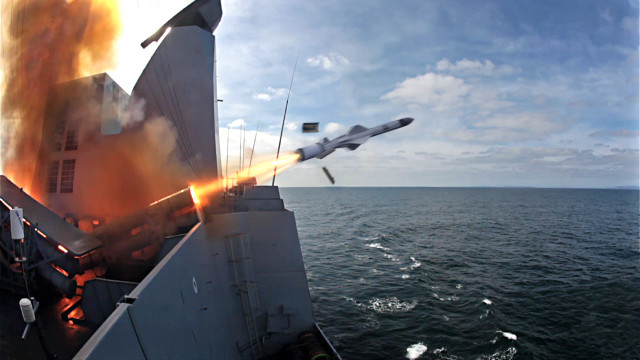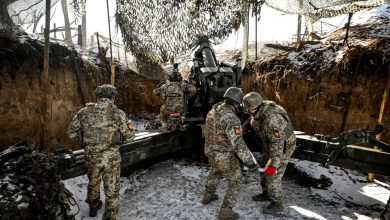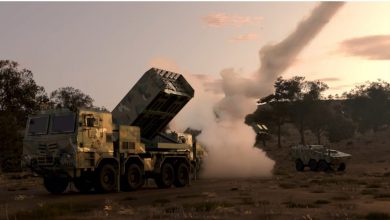Report: French Navy to receive latest exocet anti-ship missile variant in December

MBDA will begin delivering its latest Exocet anti-ship missile to the French Navy in December, Naval News reported, citing the 2023 defense budget request.
The Exocet MM40 Block 3c missiles were initially scheduled to be delivered in 2021. However, development delays and the pandemic’s impact on industrial production postponed the deliveries.
Ten missiles will be delivered this year and 31 in 2023. The French ministry of defense has ordered a total of 55 missiles.
In addition, 44 MM40 Block 3c kits have also been ordered for delivery by September 2023. The kit can turn the MM40 Block 3 into the Block 3c.
Digital RF Seeker
The “C” in the variant stands for a new digital radio frequency (RF) seeker by Thales, called coherent radar processing.
The new technology enables the seeker to observe smaller differences in velocity compared to non-coherent processing technology, providing “less interference and signal/noise benefits.”
Block 3 used the same non-digital RF seeker used on the Block 2, despite enhancement in range to around 200 kilometers (124 miles) and the addition of GPS navigation to strike coastal targets.
Capability Enhancements
The latest missile, with the same range as the Block 3, is less prone to jamming and can recognize a target within a group.
It would also be able to strike a target in a specific area, an ability possessed by newer infra-red seeker-equipped missiles such as the Lockheed Martin LRASM and Kongsberg Defence & Aerospace NSM.
The seeker upgrade is planned on the missile’s submarine-launched variant, the SM39, but not on the air-to-surface AM39, Navan News wrote.





